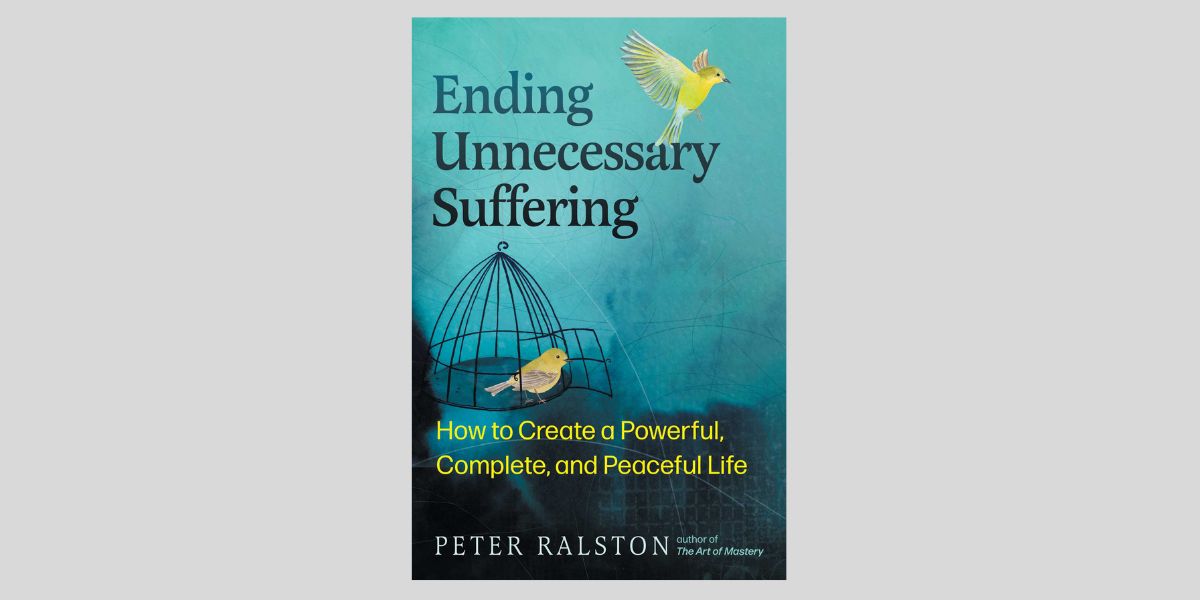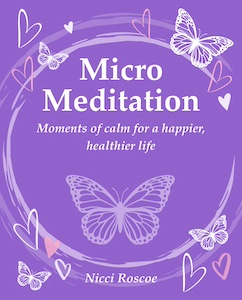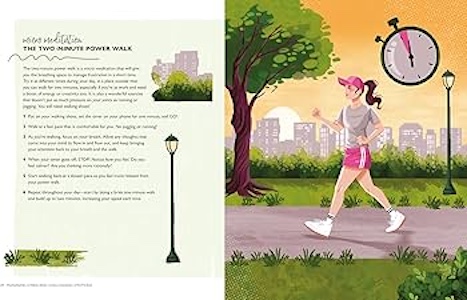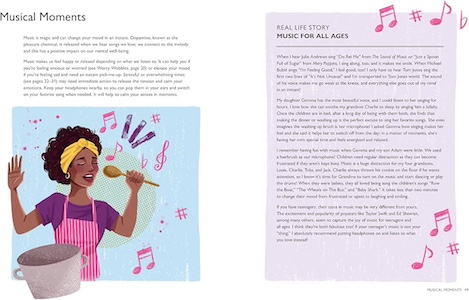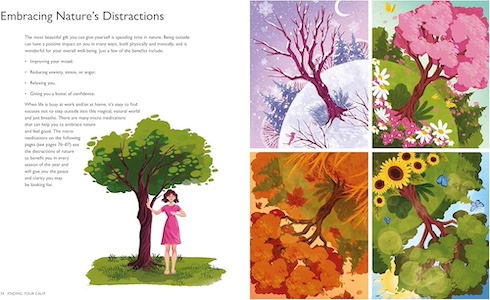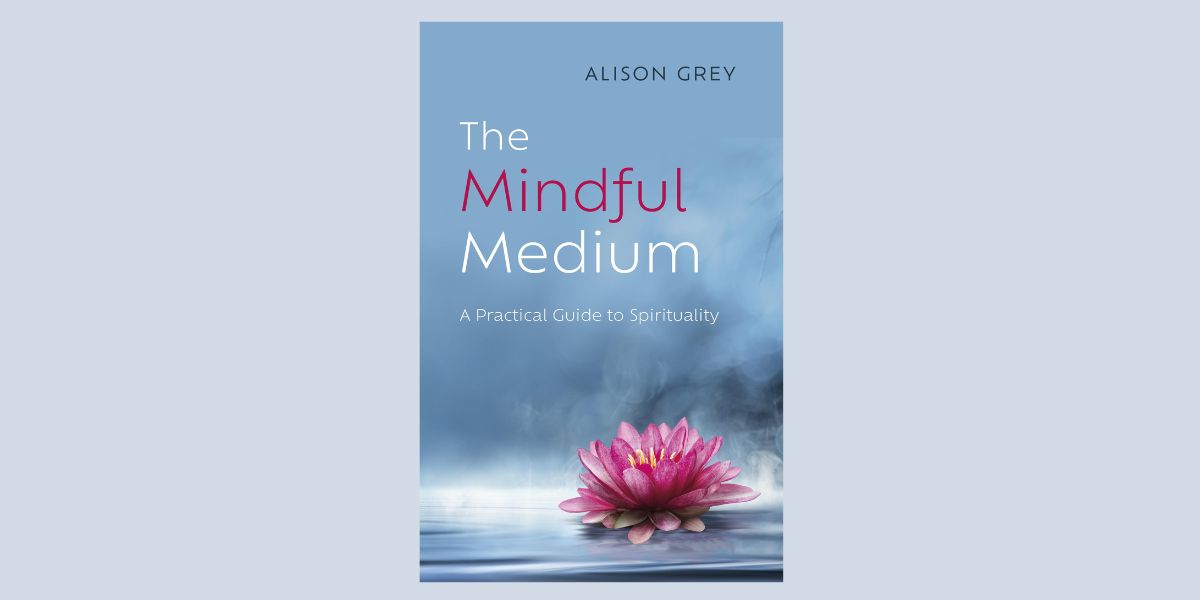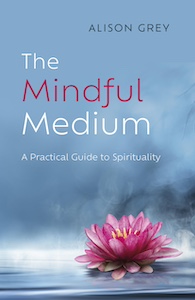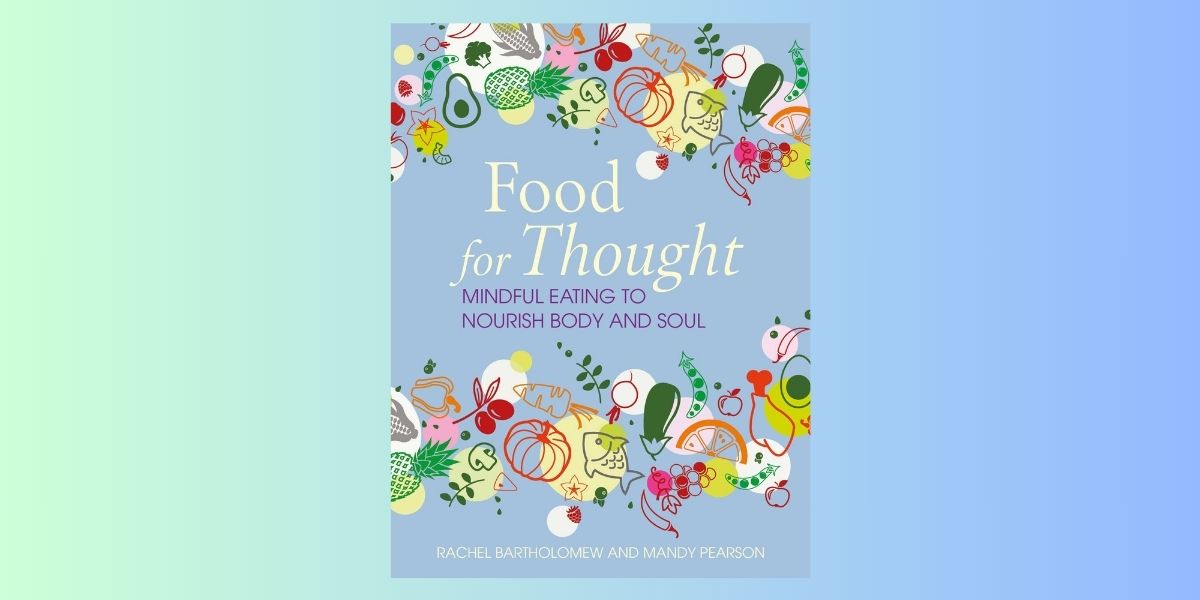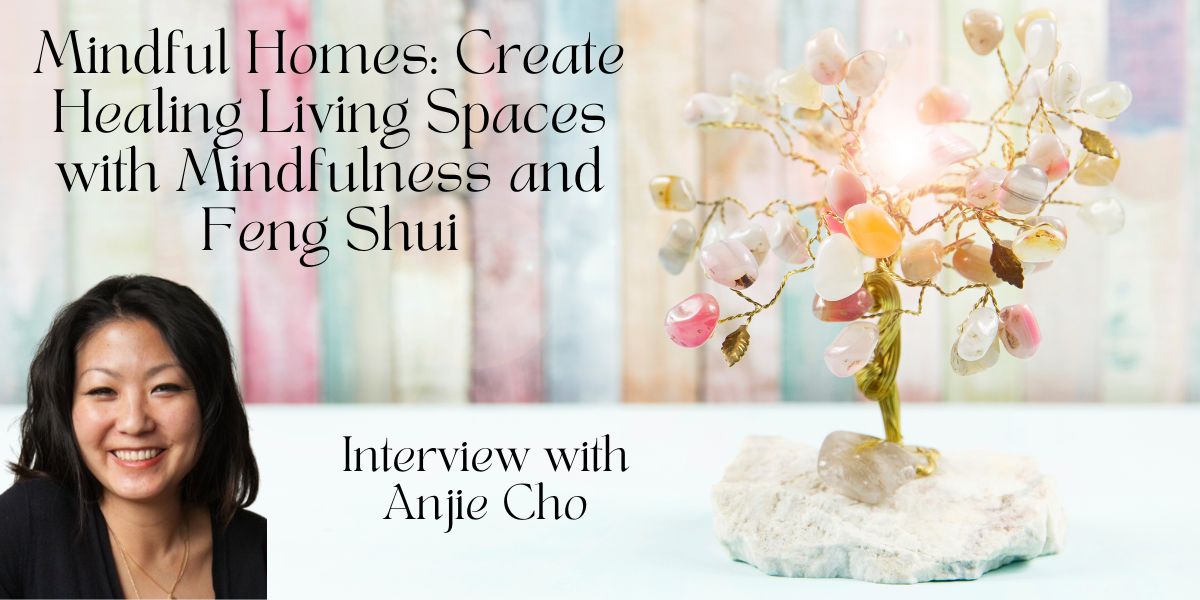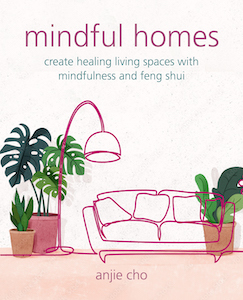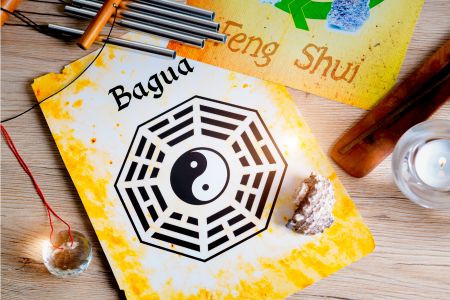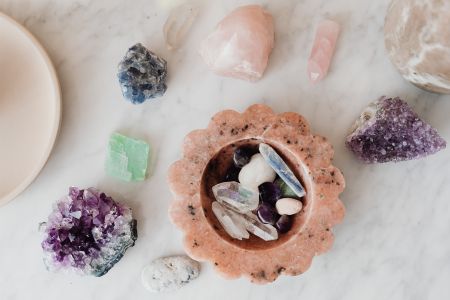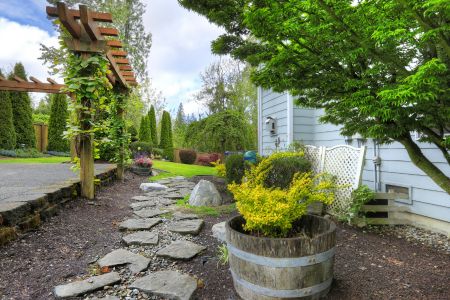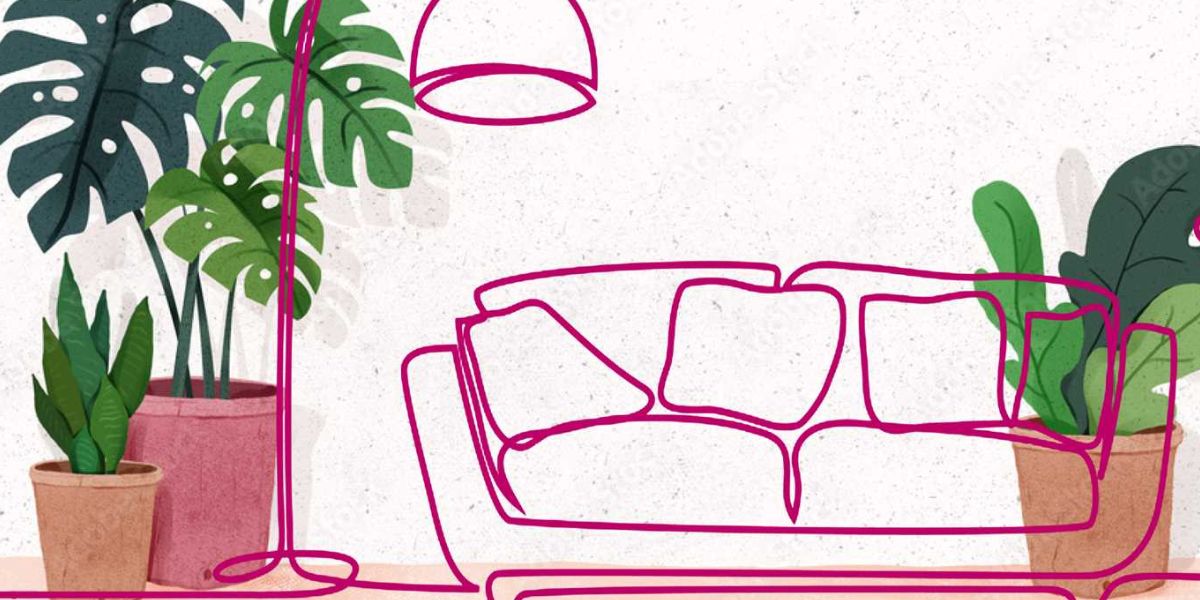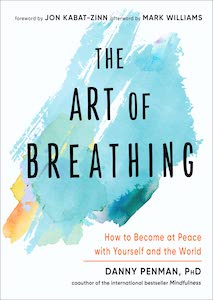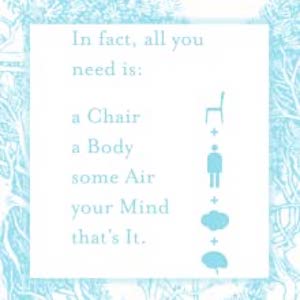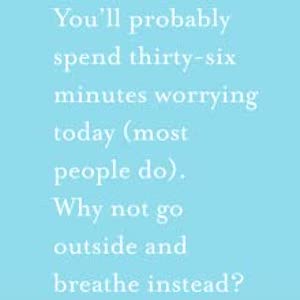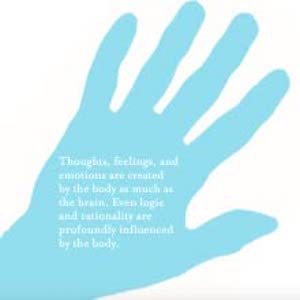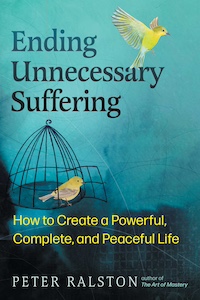
Ending Unnecessary Suffering: How to Create a Powerful, Complete, and Peaceful Life, by Peter Ralston
Park Street Press, 979-8888501184, 256 pages, March 2025
Ending Unnecessary Suffering by Peter Ralston is a book that makes you think; this book genuinely provokes the mind. Admittedly, I had to put down this book a few times to let sink in what I was reading. This book has made me think about my life more positively, and I also feel like I understand my brain and emotions a lot better now.
I have been through a great deal of struggle in my life, and I’ve dealt with a great deal of negativity for some time. I thought this book was a perfect fit to guide me on my journey. I have to say that this book has been extremely helpful and encouraging–it’s been a very insightful read. I’ve learned a lot from this book, and I wish I had found this book sooner, as I’ve been applying what I’ve been reading into my life, and I feel like I’ve been improving each day.
In this book, Ralston helps guide you through this journey of understanding concepts and emotions. He references his other work throughout; plus here and there, he throws in quotes from some exceptional individuals, from Albert Einstein to Nelson Mandela. What you’ll get out of this book is learning about the root of unnecessary suffering and how you can overcome the suffering in your daily life.
For example, dissatisfaction and shame are two forms of unnecessary suffering that Ralston teaches you how to combat. His writing is very raw, to the point, and straightforward. This book is truly realistic, and I appreciate how Ralston almost writes as if you are a friend in a way.
In the beginning of the book, Ralston brings up how essentially a three-legged dog isn’t affected negatively by this problem, it continues life as if nothing is wrong. This struck me because he is most utterly correct. He shed a lot of light on how to look at things from another perspective, things we don’t typically think about such as the three legged dog.
Ending Unnecessary Suffering will absolutely be a real eye-opener for some. The advice given in this book has been truly solid and helpful in so many ways. I feel like those who are struggling with a heavily negative mind will benefit greatly. He reminds us of how animals don’t think of these greater deals around them, they don’t contemplate like we do, and they don’t think of future events that may never happen like we do. He writes:
“These simpler creatures don’t worry or fret like we do, or fear the future, or crave anything not available. They don’t imagine that they are somehow flawed or less than they should be. Have you ever seen a three-legged dog? They don’t seem to have any disturbance at all because of it.”1
This book also gives great examples of dealing with and handling certain things emotionally. A good example Ralston gives is laughing at your own folly. Another favorite of mine that I learned from this book is switching between emotions. When you’re feeling one emotion, in that moment, you may not want to experience it, so you switch to another emotion, and then another, and maybe another emotion. I’ve been trying this one when I start to worry too much or when I’m angry.
Lastly, one more thing I took away from this book is the example of freeing experience from past connections. All of these have been insightful on how I can better control my emotions. As you continue to essentially reprogram your brain with these exercises, you find it getting easier and easier as you continue to utilize what you are being taught.
I learned a lot about conceptual thinking from this book, which I was very unfamiliar with, but Ralston explained it in a way that I could understand immediately. (If you don’t know what conceptual thinking is, conceptual thinking is the ability to understand complex ideas by identifying connections and patterns.) As I kept reading this book, it all just kept clicking for me. I appreciated how he worded and explained everything. He made it extremely easy to comprehend and understand.
Throughout the book there are a decent amount of exercises to try out, as well. Once again, a lot of these were easy to understand and fun to do. My favorite one is the mastering emotions exercise. What you do is feel whatever emotion you feel grabs your attention the most, and then you will question the emotion: why it’s there, why it exists, and so on. Once the purpose that drives the emotion is found, you essentially have a better shot at mastering it. I’ve been doing this in my free time, and it is a different and helpful way to fully understand your emotions.
In conclusion, I highly recommend giving Ending Unnecessary Suffering a read, even if you’re not even remotely interested in these types of books. I firmly believe that any reader can finish this book and walk away with something new, whether this be in terms of knowledge or in terms of attitude and mentality. But now, if you are genuinely seeking to end your unnecessary suffering, this book is a good start in reaching that point. This book will help guide you in reading a more peaceful life. I can personally attest that this book has helped me in ending my unnecessary suffering, so it is worth reading.

Holly is a witch, photographer, tarot reader, artist, and freelance writer from Appalachia. She’s driven by her passion and stubbornness to follow her dreams of becoming a successful artist and writer. She can be found on Instagram under @hermitwitchholly.
